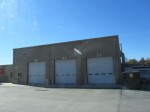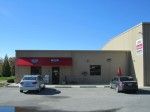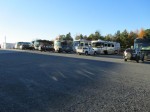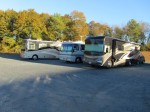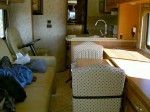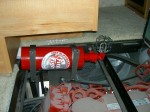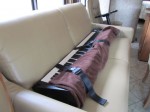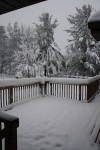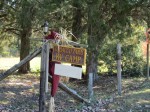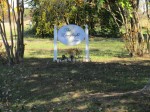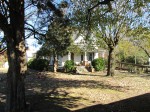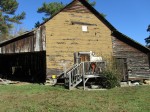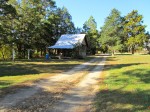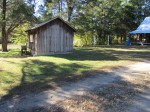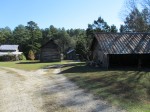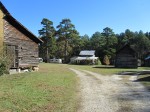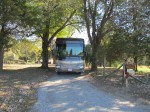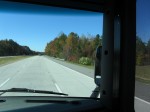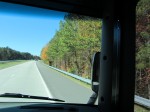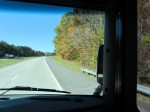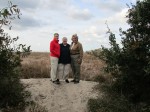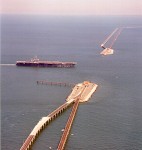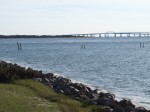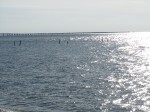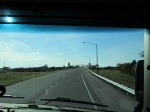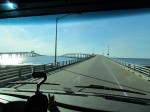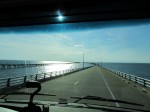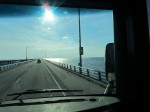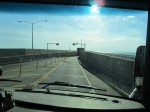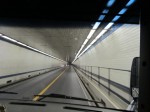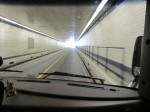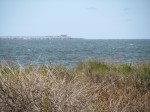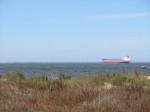Our motorhome is built on a Freightliner Custom Chassis. So when we need work done on the engine, transmission, frame, or other chassis parts, Freightliner is the best place to go. And the best Freightliner place is their Customer Service Center in Gaffney, South Carolina, where the chassis was manufactured.
Here they have bays where they can work on six motorhomes at a time. The other three bays are behind these.
They have a fabulous lounge where their customers can wait in this part of their facility.
Of course, you have to negotiate with the other customers as to who can plug in their lap tops where and whether the TV will be on or off and, if on, how loud will it play. At least no one tried to smoke in there, but boy did it make me aware of how much I have become accustomed to having control over my environment.
Overnight you can park in their lot with electrical hookups. The dump and fresh water fill are nearby.
In this photo it looks like we are parked at the end of a row but that orange sign on the post indicates the RV that would otherwise be parked there is currently in a service bay and will be returning to that spot.
When your time slot comes up you are to pack up your RV, bring in the slides,raise the jacks, and unhook from the power. Then they come to your spot to get your RV and return it there at the end of the day.
Normally when we pack up our RV the couch looks something like this.
But while we were there we were having our 15,000 mile engine service done even though it’s not quite time for that yet. The challenge is, the access to the engine is under the end of our bed.
Dave normally stores his piano keyboard there. So, for one day only, he found other places for the things that normally ride on the couch and his keyboard traveled there well strapped in.
Now the work is done, and things have returned to normal and we are on the road again headed to Rainbow Plantation in Summerdale, Alabama, where we will probably hang out through Thanksgiving so we can do some mail orders.
No, we are not ordering Christmas presents. Unless you want a pair of my new socks.
TTYL,
Linda

